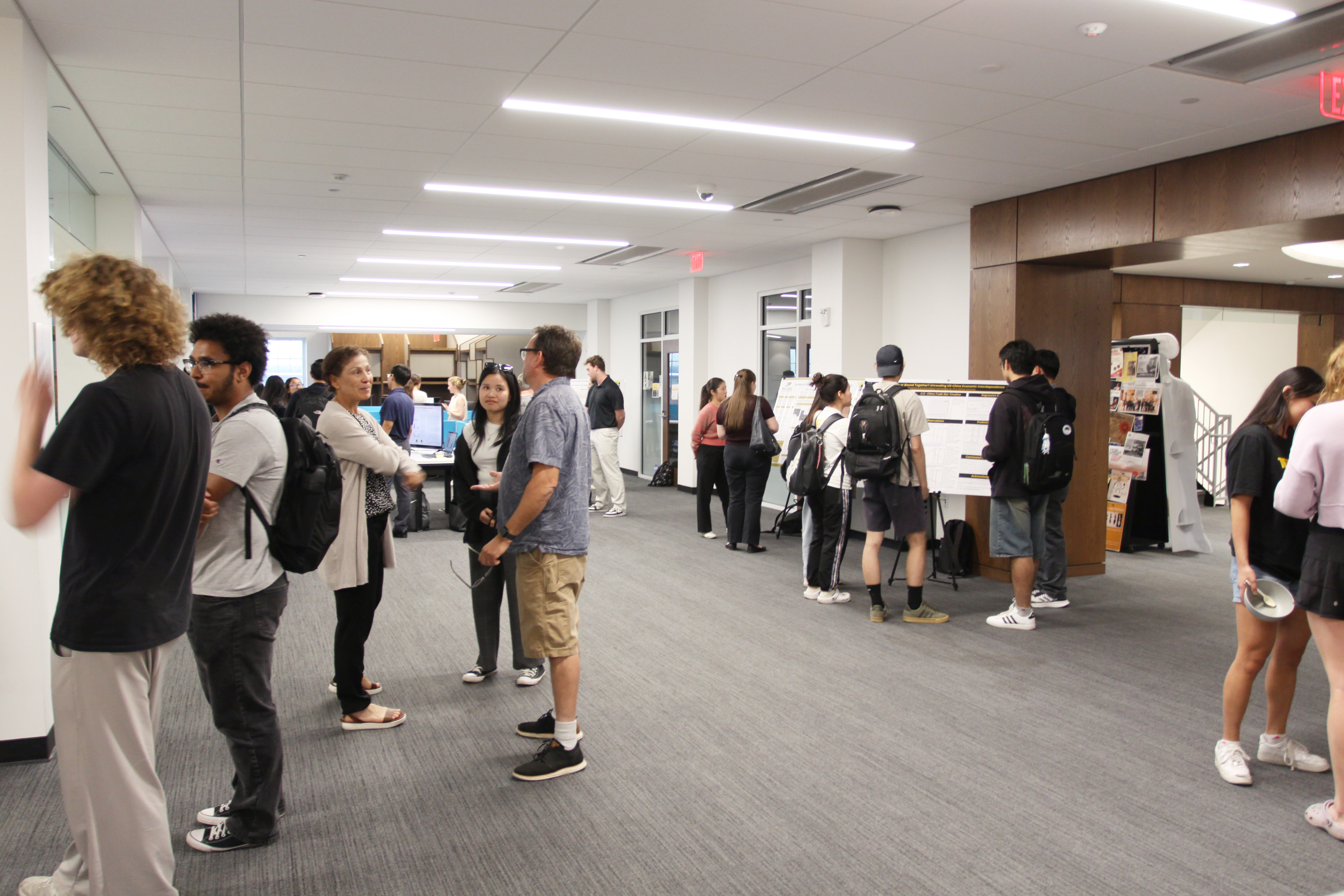Files
Download Full Text (542 KB)
Document Type
Poster
Publication Date
Fall 2024
Abstract
Despite growing public interest in environmental issues, awareness of contaminants affecting soil organisms remains broadly lacking, despite decades of research. This study investigated the impacts of a common herbicide; glyphosate, (Roundup), on the avoidance behavior of Oppia nitens - a soil mite species used as an indicator of soil health, and soil moisture content. The study involved exposing O.nitens to standard artificial soil treated with glyphosate concentrations ranging from 47.8 to 501.6 mg/kg. Avoidance behavior was assessed by observing mite distribution between treated and untreated soil over a 48-hour period. Results demonstrated clear avoidance behavior at higher glyphosate concentrations (501.6 mg/kg), with EC50 of 4,630 mg/kg suggesting that glyphosate contamination can negatively impact soil ecosystems by affecting key organisms. The testing of water loss between glyphosate and other microplastics such as Polyethylene (PE) and Polystyrene (PS) showed that glyphosate enhances water loss as a desiccant and this is an inverse trend compared with PS and PE. Moreover, when juxtaposing their EC50 with other bioplastics consisting of Poly Vinyl Alcohol (PVA) and Sodium Polyacrylate (NaPa), glyphosate is only less toxic than PS, but significantly more toxic than PE, PVA and NaPa. Loss of soil moisture content can contribute to the overall avoidance behavior in the exposure of Oppia nitens with glyphosate. The observed avoidance of glyphosate-treated soils by O. nitens and possibly other soil fauna such as earthworms or springtails could have significant cascading effects on soil ecosystems. The consequent alteration in mite distribution could potentially impact soil quality and obstruct degradation processes, highlighting the need for further investigation into the long-term impacts of glyphosate on soil biodiversity and health.
Recommended Citation
Doan, Thi '27 and Akinwole, Philips, "Avoidance behavior of Oppia nitens (oribatid mites) to herbicide: Glyphosate compared to microplastics in standard artificial soil." (2024). Annual Student Research Poster Session. 164.
https://scholarship.depauw.edu/srfposters/164




Funding and Acknowledgements
Funded by the Science Research Fellows Program, Steven S. Clark Endowed Fund for Student-Faculty Environmental Research and Kranbuehl, Roberts, Hillger Endowed Fund for Faculty Summer Research.